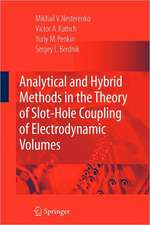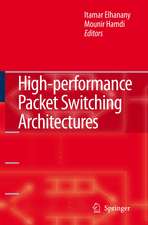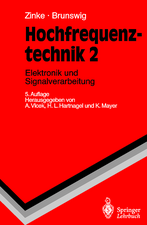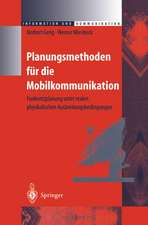Passive Infrared Detection: Theory and Applications
Autor J. Caniouen Limba Engleză Paperback – 3 dec 2010
| Toate formatele și edițiile | Preț | Express |
|---|---|---|
| Paperback (1) | 2072.40 lei 6-8 săpt. | |
| Springer Us – 3 dec 2010 | 2072.40 lei 6-8 săpt. | |
| Hardback (1) | 2121.25 lei 6-8 săpt. | |
| Springer Us – 30 iun 1999 | 2121.25 lei 6-8 săpt. |
Preț: 2072.40 lei
Preț vechi: 2527.31 lei
-18% Nou
Puncte Express: 3109
Preț estimativ în valută:
396.80€ • 413.19$ • 329.22£
396.80€ • 413.19$ • 329.22£
Carte tipărită la comandă
Livrare economică 14-28 februarie
Preluare comenzi: 021 569.72.76
Specificații
ISBN-13: 9781441950901
ISBN-10: 1441950907
Pagini: 656
Ilustrații: XXXII, 620 p.
Dimensiuni: 155 x 235 x 34 mm
Greutate: 0.99 kg
Ediția:Softcover reprint of hardcover 1st ed. 1999
Editura: Springer Us
Colecția Springer
Locul publicării:New York, NY, United States
ISBN-10: 1441950907
Pagini: 656
Ilustrații: XXXII, 620 p.
Dimensiuni: 155 x 235 x 34 mm
Greutate: 0.99 kg
Ediția:Softcover reprint of hardcover 1st ed. 1999
Editura: Springer Us
Colecția Springer
Locul publicării:New York, NY, United States
Public țintă
ResearchDescriere
Familiarization with the infrared world Thermal imaging systems extend human perception beyond the visible spectrum. Since their principle is based on the natural emission of energy by physical bodies, they represent today the subject of a great deal of interest in many fields, whether in the military field or in industry or in research laboratories. They can be employed to analyse physical properties of objects, such as their energy level or their surface appearance; they are also commonly used to observe scenes in particular conditions like night vision, or in order to increase the visibility range through haze and fogs. All of these applications exploit the properties of infrared radiation whose characteristics are described in this book. This is achieved in a manner which differs from other publications on the same subject in that the book is governed by the intention to progressively lead the reader to a complete understanding of the infrared. The author intends to link physical theory to each specific aspect of the elements involved in the detection process, from their physical origin up to energy mapping in a two-dimensional picture. However we thought that it was unnecessary to demonstrate again that which the reader will easily find in scientific literature, nor to write another data book. Our aim is to fill the gap between theory and practical application. The subject is vast: infrared systems combines a wide variety of disciplines and image interpretation depends on the precise understanding of various phenomena.
Cuprins
Preface. Acknowledgements. Historical background. 1. Infrared detection. 2. Photometric quantities and temperature. 3. Electromagnetic radiation. 4. Radiation sources. 5. Structure of the atmosphere. 6. Extinction by the atmosphere. 7. The formation of the optical image. 8. Materials for infrared and optical filters. 9. Analysis of an optical image. 10. Thermal detectors. 11. Photon detectors. 12. Multielement detectors. 13. Noise in radiation detectors. 14. The cooling of detectors. 15. Observation of the thermal scene. 16. Temperature measurement. Appendix A: Physical constants used in the text. Appendix B: Algorithm for the calculation of thermal radiance. Appendix C: Calculation of blackbody radiance using the universal function. Appendix D: Expressions for air humidity. Appendix E: Calculation of a best form lens. List of abbreviations. Index.
















